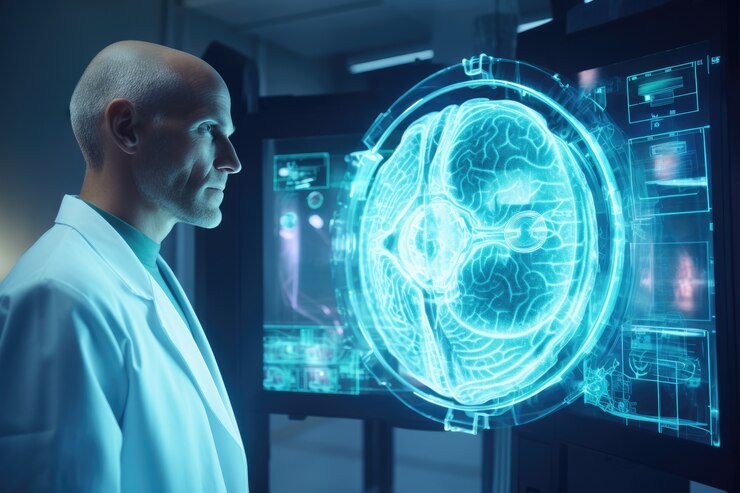Luminous scans are revolutionizing the landscape of medical imaging. By harnessing advanced light technology, these scans enhance image quality and detail. This means doctors can identify conditions with unprecedented accuracy.
With applications ranging from oncology to cardiology, luminous scans improve early detection and treatment planning. Patients benefit from faster diagnoses and tailored therapies, while healthcare providers gain confidence in their clinical decisions. The shift towards this innovative approach is paving the way for a healthier future—one where clarity leads to better outcomes for all involved.
Popular Today
Luminous scans are making waves in the world of medical imaging today. Their ability to provide clearer, more detailed images is capturing attention from healthcare professionals and patients alike. As technology advances, these scans enhance diagnostic accuracy significantly.
Many are turning to luminous scan’s for insights that traditional methods simply can’t offer. This innovation not only improves detection rates but also opens new possibilities for treatment planning and patient outcomes in various medical fields.
Latest Update
Recent advancements in luminous scans are making waves in the medical imaging field. These cutting-edge technologies enhance clarity and precision, allowing for earlier diagnoses and better treatment plans.
Healthcare providers are now adopting these innovations to improve patient outcomes dramatically. With ongoing research and development, the future looks bright for luminous scan’s as they continue to push boundaries in medical imaging efficiency and accuracy.
Drum Scans
Drum scans represent a significant leap in image capturing technology. These high-resolution scans use a cylindrical drum to hold the film or transparency, allowing for precise optical data collection.
Photographers and artists appreciate drum scans for their unmatched detail and color accuracy. This technique ensures that every nuance is captured beautifully, making it ideal for archival purposes as well as print production. Drum scanning remains an essential tool in preserving visual history while delivering stunning results across various media platforms.
Conclusion
The evolution of medical imaging is taking a significant leap with luminous scans. This innovative technology not only enhances the clarity and detail of images but also improves patient outcomes through quicker diagnoses. As healthcare continues to embrace these advancements, we can expect even greater breakthroughs on the horizon. The integration of luminous scan’s into everyday practice signals a promising future for both patients and medical professionals alike, paving the way for improved care and precision in diagnostics.
FAQs:
What are luminous scans?
Luminous scans use advanced light technology to enhance the quality and detail of medical images. This allows doctors to identify conditions with unprecedented accuracy, improving diagnosis and treatment.
How do luminous scans benefit patients?
Luminous scans provide faster and more accurate diagnoses, enabling tailored therapies and treatment plans. Patients benefit from early detection and improved outcomes, leading to better overall healthcare experiences.
In which medical fields are luminous scans most commonly used?
Luminous scans are widely used in oncology, cardiology, and neurology. Their enhanced imaging capabilities are particularly beneficial for early detection and treatment planning in these fields.
How do luminous scans compare to traditional imaging methods?
Compared to traditional imaging methods, luminous scan’s offer significantly clearer and more detailed images. This leads to higher diagnostic accuracy and opens new possibilities for treatment planning and patient outcomes.
What is the future of luminous scan technology in medical imaging?
As technology continues to advance, luminous scan’s are expected to become even more efficient and accurate. Ongoing research and development will likely lead to broader applications and further improvements in patient care and medical diagnostics.

